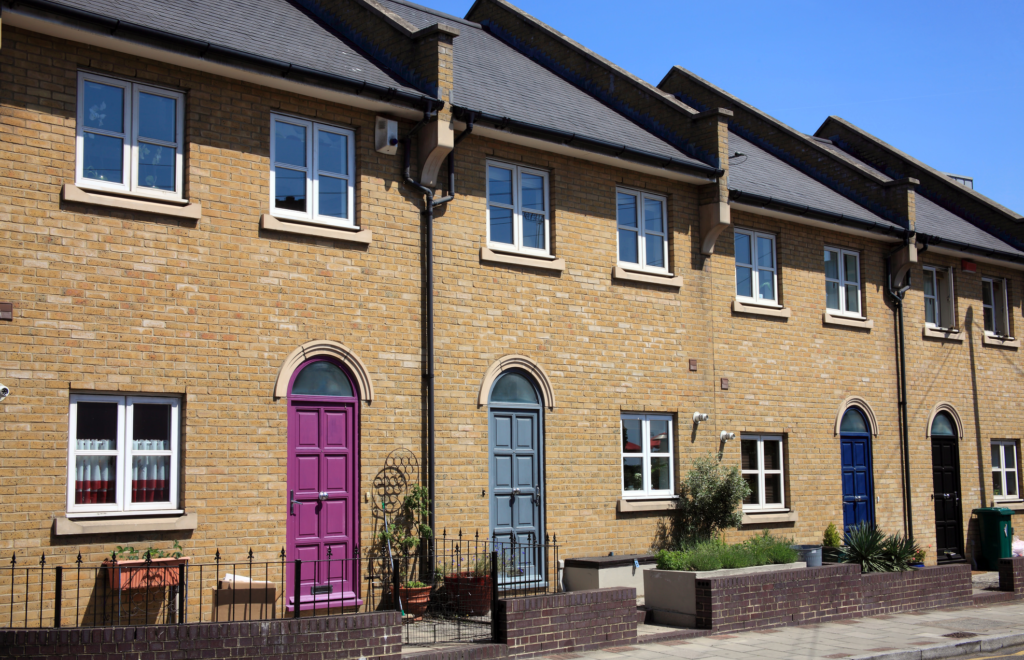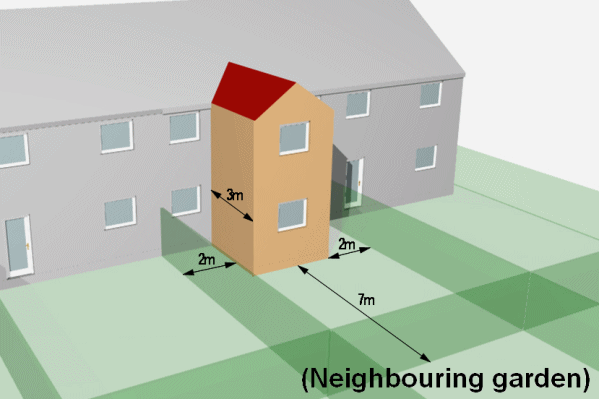Party Wall Agreements: Guidelines for Neighbouring Property Owners
Firstly, party wall agreements, are a legal arrangement made between property owners who share a common boundary. Typically a wall or fence that separates their properties. The purpose of this agreement is to establish the rights and responsibilities of each owner concerning the party wall. To ensure that any proposed work or construction on the wall does not adversely affect the neighbouring property.
Party wall agreements are particularly relevant in situations where one property owner intends to carry out construction, renovation, or any work that could potentially affect the structural integrity or stability of the shared wall. This may include activities like:
- Building a new wall adjacent to an existing party wall.
- Excavating near the party wall.
- Demolishing or rebuilding the party wall.
- Cutting into the party wall to install beams or other supports.
The party wall agreement outlines the following key aspects:
- Description of the work: The agreement specifies the proposed work in detail and how it will impact the party wall and adjacent properties.
- Access rights: It grants the property owner carrying out the work the necessary access rights to the neighbouring property. To conduct the necessary surveys or construction.
- Schedule: The time frame for starting and completing the work is outlined in the agreement.
- Party Wall Surveyor(s): In many cases, each party involved appoints their own independent party wall surveyor to ensure a fair and unbiased assessment of the situation. Alternatively, if both parties agree, a single surveyor can be appointed, known as an “agreed surveyor.”
- Condition survey: A pre-work condition survey of the neighbouring property may be conducted to document the existing condition of the property. So, providing a baseline for any future claims in case damage occurs due to the construction work.
- Compensation and costs: The agreement includes provisions for resolving any disputes or claims arising from the construction work. Including liability for damages and how the costs will be shared.
In addition, it’s essential to follow the appropriate legal procedures and notify your neighbour in writing before initiating any work that could impact a party wall. Failure to do so may lead to disputes and potential legal action. Further more, it’s recommended to consult with a qualified party wall surveyor or a legal professional to ensure compliance with local laws and regulations regarding party wall agreements. The specific requirements for party wall agreements can vary depending on the country or region you are in.









